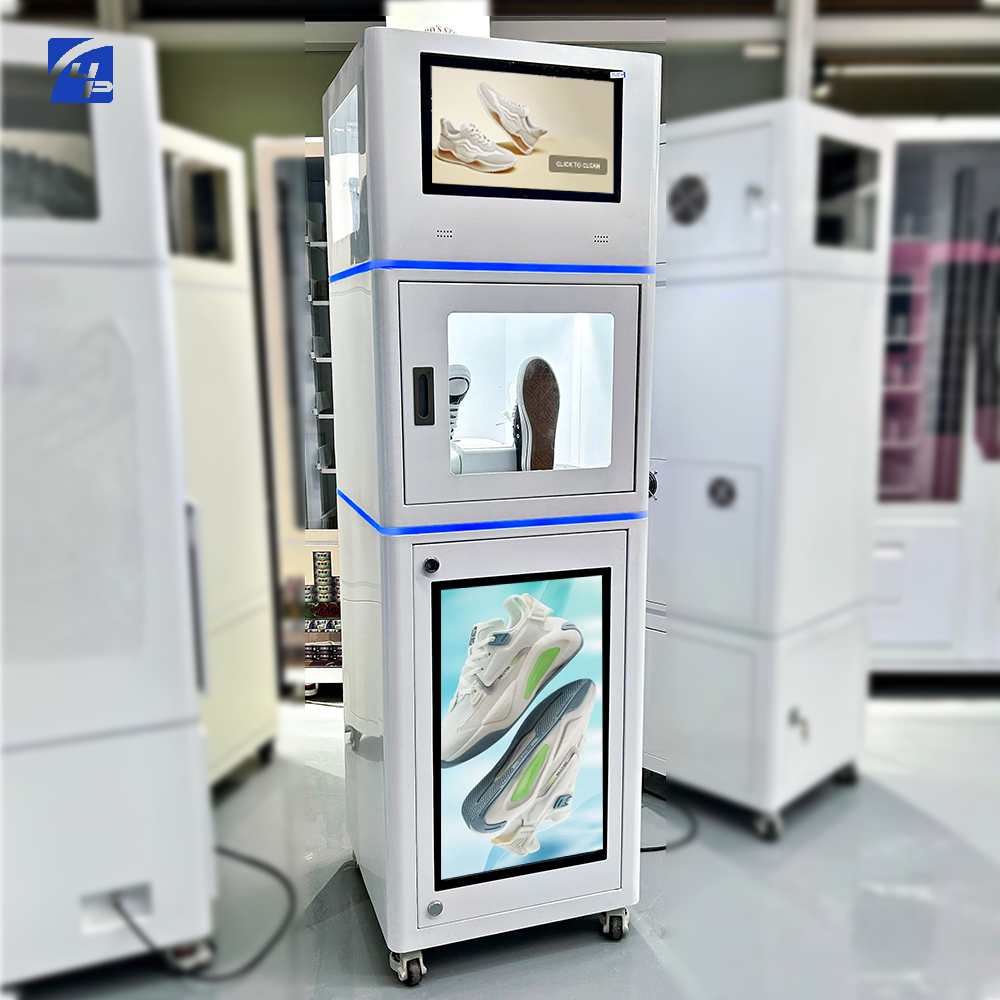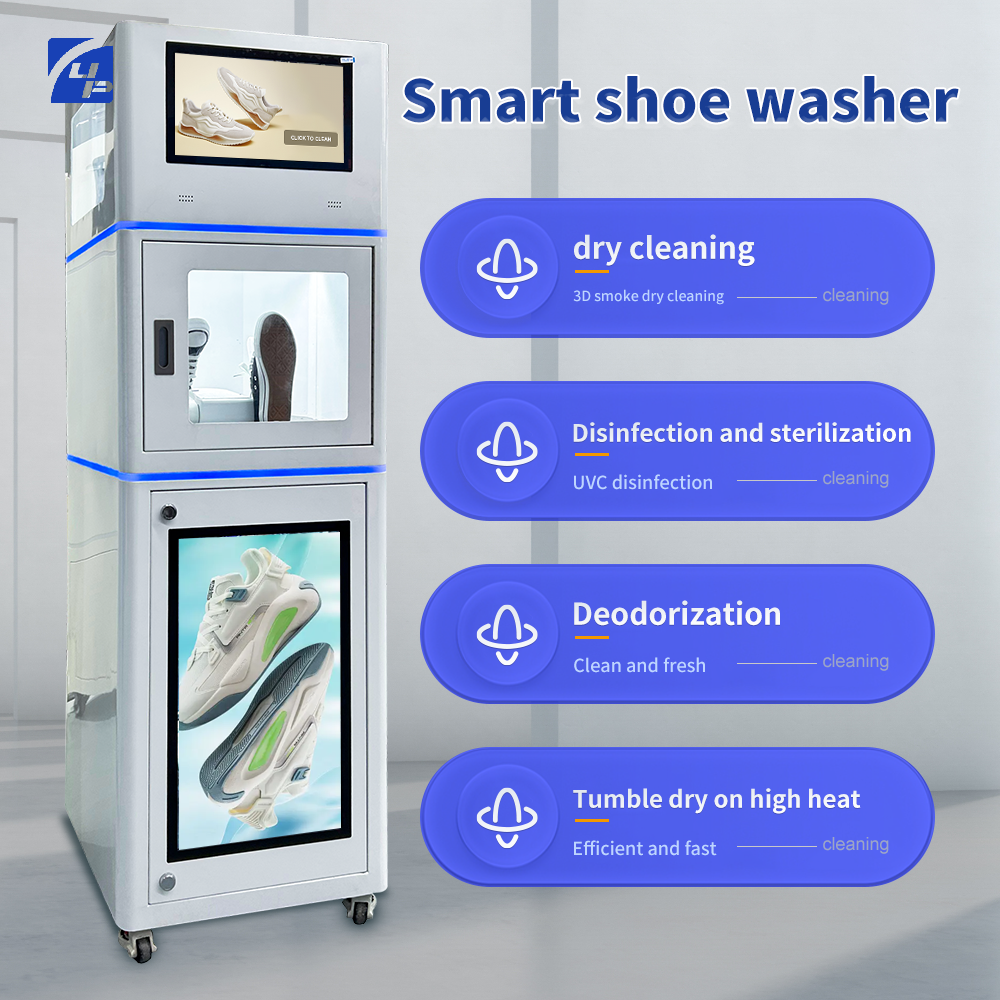The Evolution of Modern Shoe Cleaning Technology
The landscape of shoe maintenance has undergone a remarkable transformation with the emergence of intelligent shoe cleaning machines. These innovative devices represent a significant leap forward from traditional manual cleaning methods, incorporating sophisticated technology to deliver superior results with minimal effort. As urban lifestyles become increasingly fast-paced, the demand for efficient and automated cleaning solutions has driven the development of these smart cleaning systems.
Today's shoe cleaning machines combine advanced sensors, automated operations, and user-friendly interfaces to create a seamless cleaning experience. This technological revolution has not only enhanced the effectiveness of shoe maintenance but has also redefined the standards of convenience and hygiene in both commercial and residential settings.
Core Technologies Driving Intelligent Cleaning Systems
Advanced Sensor Integration
Modern shoe cleaning machines utilize sophisticated sensor arrays to detect shoe placement and automatically initiate the cleaning process. These sensors can identify different shoe materials and adjust cleaning parameters accordingly, ensuring optimal treatment for leather, canvas, or synthetic materials. The integration of proximity sensors also enhances safety by preventing accidental activation and ensuring proper positioning during operation.
Infrared and pressure sensors work in tandem to map the shoe's surface, allowing the cleaning mechanisms to adapt their intensity and movement patterns. This intelligent sensing capability ensures thorough cleaning while preventing damage to delicate materials or decorative elements.
Automated Cleaning Mechanisms
The mechanical components of shoe cleaning machines have evolved to incorporate multi-directional brush systems and specialized cleaning heads. These elements work in coordination with the sensor data to provide comprehensive coverage of all shoe surfaces. Variable-speed motors adjust automatically to different cleaning requirements, while precision-controlled pressure systems ensure consistent contact without causing wear.
Advanced models feature separate cleaning zones for soles and uppers, with dedicated brushes and cleaning solutions for each area. This specialized approach ensures optimal cleaning results while maintaining the integrity of different shoe materials and construction methods.

User Interface and Operation Excellence
Intuitive Control Systems
The latest generation of shoe cleaning machines features streamlined user interfaces that prioritize simplicity without sacrificing functionality. Touch-screen displays provide clear instructions and real-time feedback, while smart presets eliminate the need for manual adjustments. These interfaces often include multiple language options and customizable settings to accommodate diverse user preferences.
Voice prompts and LED indicators guide users through the cleaning process, ensuring proper usage and optimal results. The integration of smart technology allows for remote operation through mobile apps, enabling users to monitor cleaning status and receive maintenance notifications.
Ergonomic Design Considerations
Modern shoe cleaning machines incorporate ergonomic principles in their design to enhance user comfort and accessibility. Adjustable height settings and angled placement surfaces accommodate users of different statures, while strategic positioning of controls minimizes physical strain during operation. The machines' compact footprint and thoughtful layout optimize space utilization in various settings.
Safety features are seamlessly integrated into the design, including emergency stop buttons, anti-slip surfaces, and protective shields. These elements ensure secure operation while maintaining the aesthetic appeal of the machines.
Environmental and Maintenance Innovations
Sustainable Operation Systems
Contemporary shoe cleaning machines emphasize environmental responsibility through water-efficient cleaning cycles and eco-friendly solution dispensing systems. Advanced filtration and recycling mechanisms minimize water waste, while energy-saving modes optimize power consumption during standby periods. The use of biodegradable cleaning solutions and recyclable components further reduces environmental impact.
Smart monitoring systems track resource usage and provide recommendations for optimizing efficiency. This data-driven approach helps maintain sustainable operation while ensuring consistent cleaning performance.
Self-Maintenance Capabilities
Intelligent self-diagnosis features enable shoe cleaning machines to monitor their operational status and alert users to maintenance requirements. Automated cleaning cycles for internal components extend equipment life and maintain optimal performance. Quick-access panels and modular design elements facilitate easy maintenance and component replacement when necessary.
Remote monitoring capabilities allow service providers to track machine health and schedule preventive maintenance, reducing downtime and extending operational lifespan. These features contribute to lower maintenance costs and improved reliability.
Frequently Asked Questions
How do automatic shoe cleaning machines detect different shoe materials?
Advanced sensor systems utilize a combination of optical and pressure sensors to analyze surface texture, density, and material properties. This information is processed by intelligent algorithms that adjust cleaning parameters to suit specific materials, ensuring safe and effective cleaning for various shoe types.
What maintenance is required for shoe cleaning machines?
Regular maintenance typically includes emptying debris collectors, refilling cleaning solutions, and cleaning brush surfaces. The machines' self-diagnostic systems will indicate when specific maintenance tasks are needed. Most modern units require minimal intervention due to their automated self-cleaning capabilities.
Are shoe cleaning machines environmentally friendly?
Modern shoe cleaning machines are designed with environmental considerations in mind, featuring water recycling systems, energy-efficient operations, and eco-friendly cleaning solutions. Many models incorporate sustainable materials and components that can be recycled at the end of their service life.
How long does a typical cleaning cycle take?
The duration of a cleaning cycle varies depending on the level of soiling and the cleaning mode selected. Most machines complete a standard cleaning cycle in 30-60 seconds, while deep cleaning modes may take 2-3 minutes. The intelligent sensing system optimizes cleaning time based on the specific requirements of each shoe.
